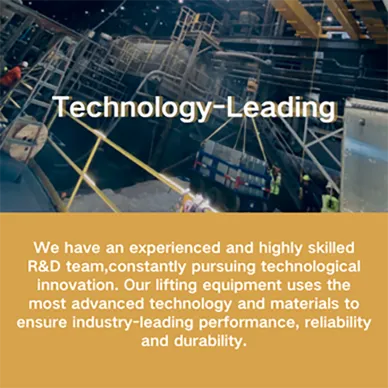Exploring the Benefits and Applications of Lifter Magnets in Modern Industries
The Lifter Magnet Revolutionizing Lifting Solutions
In the realm of heavy lifting and material handling, efficiency and safety are paramount. Among the myriad of tools and technologies designed to facilitate these processes, the lifter magnet stands out as a remarkably effective solution. This article delves into the functionality, benefits, and applications of lifter magnets, illustrating why they have become a staple in various industries.
Understanding Lifter Magnets
Lifter magnets, also known as magnetic lifters, are devices that utilize magnetic force to lift and transport ferromagnetic materials, such as steel and iron. These tools come equipped with high-strength permanent magnets or electromagnets that can generate significant lifting power without the need for additional energy sources during the lifting process. Their design is typically compact and lightweight, which enhances portability and ease of use.
The mechanism behind these magnets is rooted in magnetic principles; they operate by providing a strong magnetic pull that adheres to the target material. This capability allows lifter magnets to grasp objects firmly, enabling users to maneuver heavy loads with minimal effort and risk.
Key Benefits of Lifter Magnets
One of the foremost advantages of lifter magnets is their efficiency. Unlike traditional lifting methods that often involve hoists, cranes, or slings, which may require intricate setups and time-consuming processes, lifter magnets can significantly reduce the time and labor involved in lifting operations. They enable quick attachment and release of materials, allowing for smoother workflows and increased productivity.
Safety is another critical aspect where lifter magnets shine. The robust design of these magnets ensures a secure grip on the materials being lifted, minimizing the risk of accidental drops or mishaps. This is particularly important in environments where heavy objects are handled regularly. Furthermore, as lifter magnets eliminate the need for additional rigging equipment, the potential for operator error is considerably diminished.
lifter magnet

The versatility of lifter magnets is also noteworthy
. They can be used in a wide array of applications across various industries, including manufacturing, construction, shipping, and warehousing. Whether it's lifting steel plates, handling scrap metal, or moving machinery components, lifter magnets prove to be adaptable to diverse operational needs.Applications Across Industries
In the manufacturing sector, for instance, lifter magnets facilitate the transportation of heavy materials from one processing stage to another. They are commonly employed in assembly lines where efficiency is crucial to meeting production targets. Additionally, in metalworking environments, lifter magnets assist in managing heavy scrap metal, significantly speeding up the recycling process.
In shipping and logistics, these magnets play an essential role in loading and unloading cargo. By using lifter magnets to handle heavy items, workers can streamline operations, reduce labor costs, and lessen the risk of injury. Their portability allows for easy integration into existing workflows, making them an ideal solution for busy docks and warehouses.
Construction sites, often fraught with hazards, greatly benefit from the safety and efficiency provided by lifter magnets. They simplify the handling of structural steel and other materials, allowing crews to focus more on completing projects rather than managing cumbersome lifting tools.
Conclusion
As industries continue to seek innovative solutions to enhance productivity and improve safety, the lifter magnet emerges as a crucial tool in the lifting and handling domain. Its ability to combine power with efficiency makes it indispensable in various applications, from manufacturing to construction.
The evolution of lifter magnets is likely to progress further as technology advances, potentially integrating smart features that enhance operational capabilities. As they remain a fundamental part of material handling equipment, lifter magnets will continue to play a vital role in modern industrial practices, reshaping how heavy lifting is accomplished and setting new standards for safety and efficiency.
-
Affordable 2000 lb Gantry Crane | Heavy-Duty & PortableNewsSep.01,2025
-
4000 lb Gantry Crane | Adjustable, Heavy-Duty Lifting SolutionsNewsAug.31,2025
-
Portable 2000 lb Gantry Crane | Heavy-Duty & AdjustableNewsAug.30,2025
-
Versatile Lifting Solutions with Gantry and Overhead CranesNewsAug.29,2025
-
The Versatile Mobile Gantry Crane SolutionNewsAug.29,2025
-
Reliable Movement with Heavy Machinery Skates and RollersNewsAug.29,2025
-
Reliable Lifting Performance with 2000 lb Gantry Crane and 2 Ton Overhead SystemsNewsAug.29,2025
